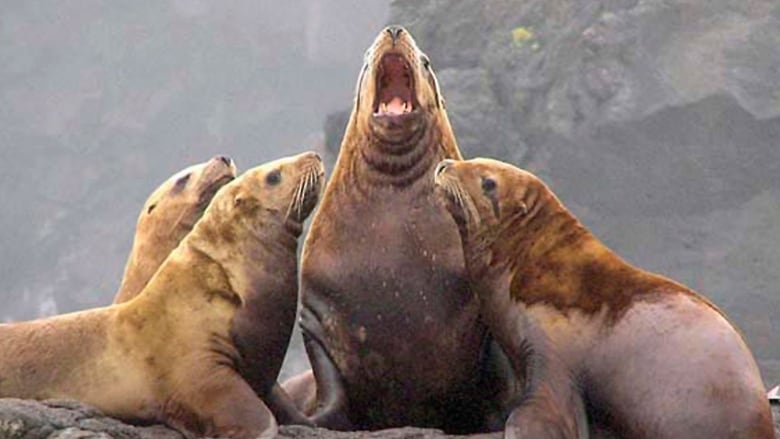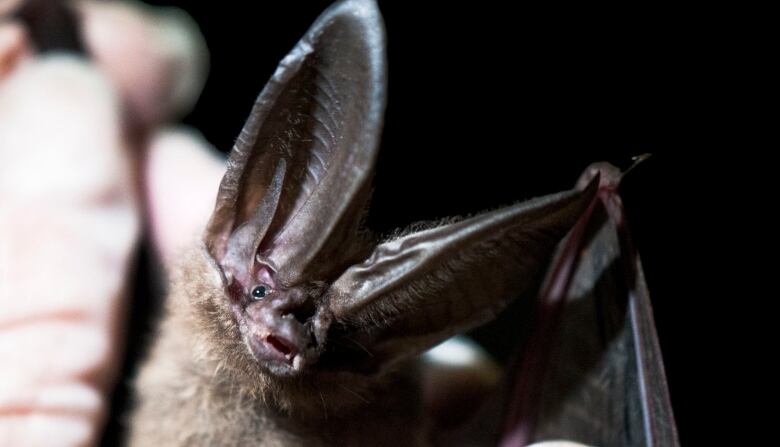Number of species in Canada facing extinction grows, report finds
Some B.C. species at risk include the blue whale and northern sea lion, says report

The number of plants, animals and lichens facing extinction in Canada is growing, and B.C. is home to 40 per cent of those species.
That's according to a new report from NatureServe Canada, which found517 species in Canada "globally at risk," which means they're at risk of extinction because they haveeither a low population, restricted range, face other threats or a combination of thesefactors.
On that list, there are 38 birds and 37 mammals including the swift fox, hoary bat and marbled murrelet. Approximately 230species arein B.C.

"These are often species that are rare in Canada but are rare everywhere," said Dan Kraus, a biologist with Nature Conservancy of Canada, which partnered with NatureServe on the report. "Some of them don't occur outside of Canada, so we have a high degree of responsibility.
"British Columbia has such habitat diversity, ranging from coastal up into alpine systems, and a lot of islands off the coast have species that are quite rare, in some cases only occur on [Haida Gwaii]."
Likely more species at risk
Some B.C. species at risk include theblue whale, Steller sea lion, and wolverine and ermine species.
Bats are also of particular concern as the threat grows of white-nose syndromea deadly disease that affectsNorth American bats. The disease has not yet been seen in B.C., Kraus says, but it is likely it will come to the province.

The report tracks the status of 7,208 species native to Canada. It notes since 1844, 109 species in Canada have vanished, but continue to exist in other countries. Six, native only to Canada, have been lost and are presumed extinct.
The Nature Conservancy report calls for multilateral cooperation to save 38 globally at-risk species whose habitats span three or more countries, including the "critically imperilled" Peary caribou, which lives in the Canadian Arctic as well as Greenland, which is part of Denmark.
Kraus says the list is not meant to be exhaustive. Canada is home to an estimated 70,000 to 80,000 species of plants, animals and lichens but there is only enough data to track the status of about half of them. He says it is likely there are more species at risk.
With files from Christine Coulter and CBC Radio One's On The Coast












_(720p).jpg)


 OFFICIAL HD MUSIC VIDEO.jpg)
.jpg)



























































































